HENRI MANGUIN (1874-1949)
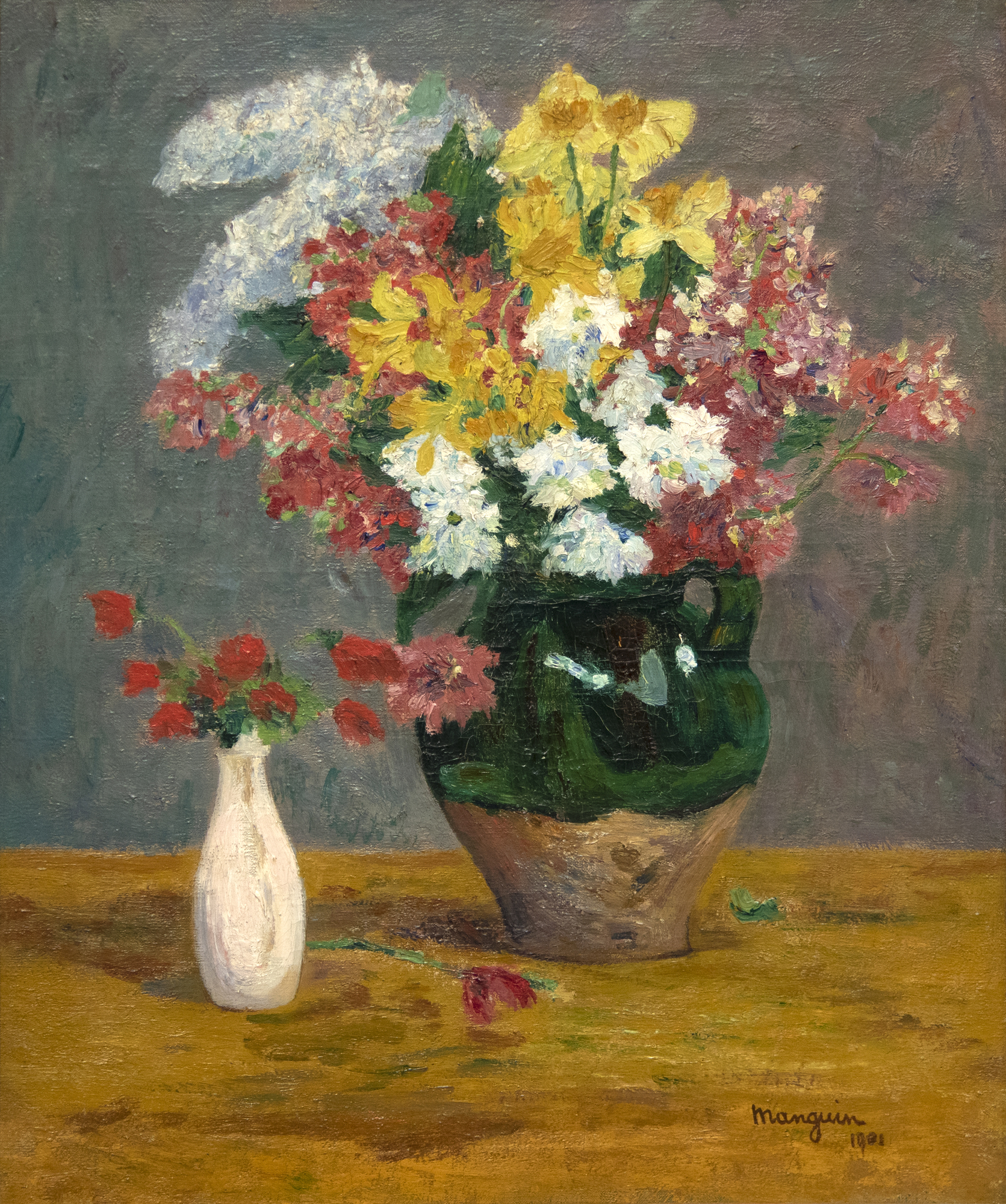
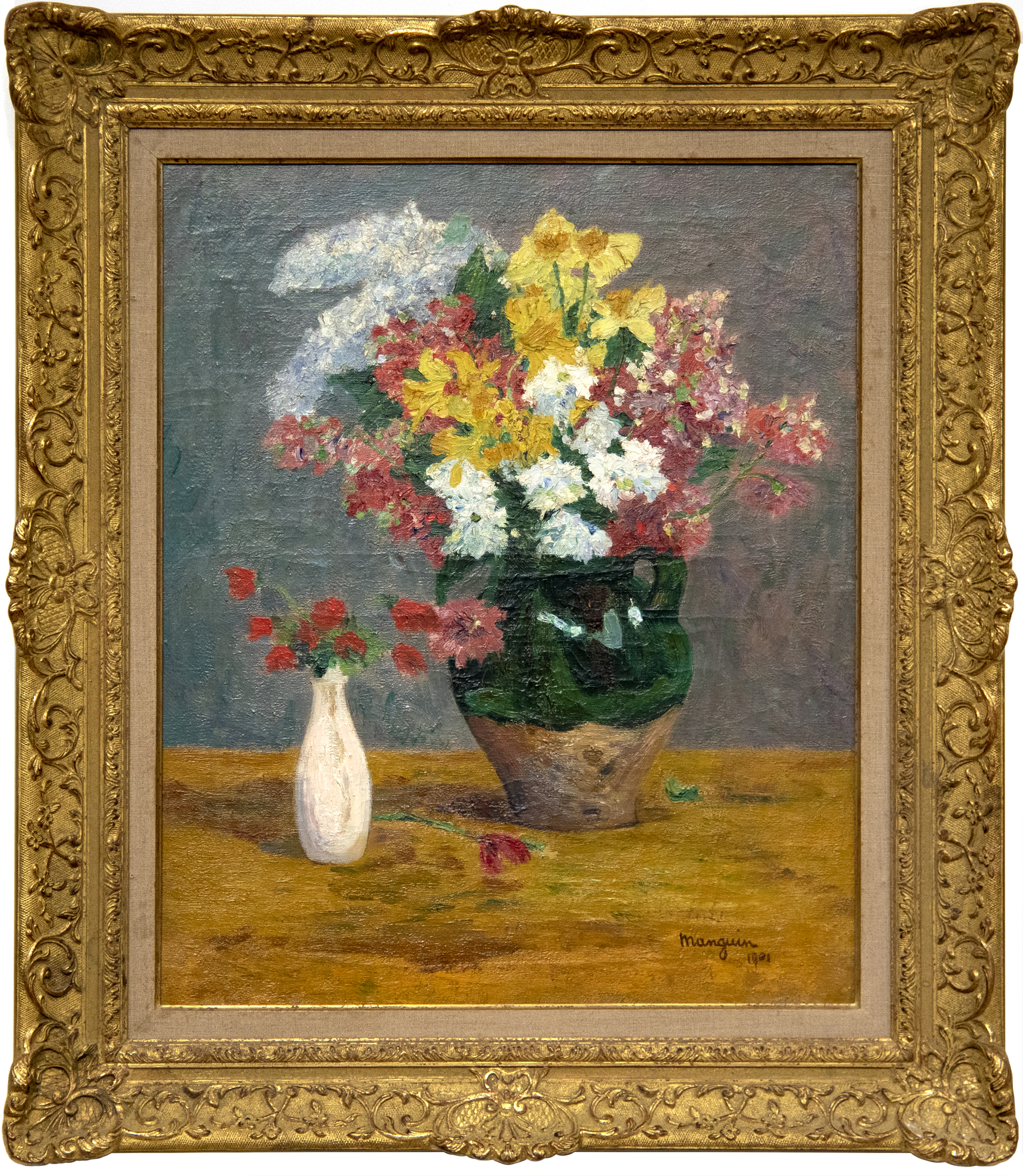

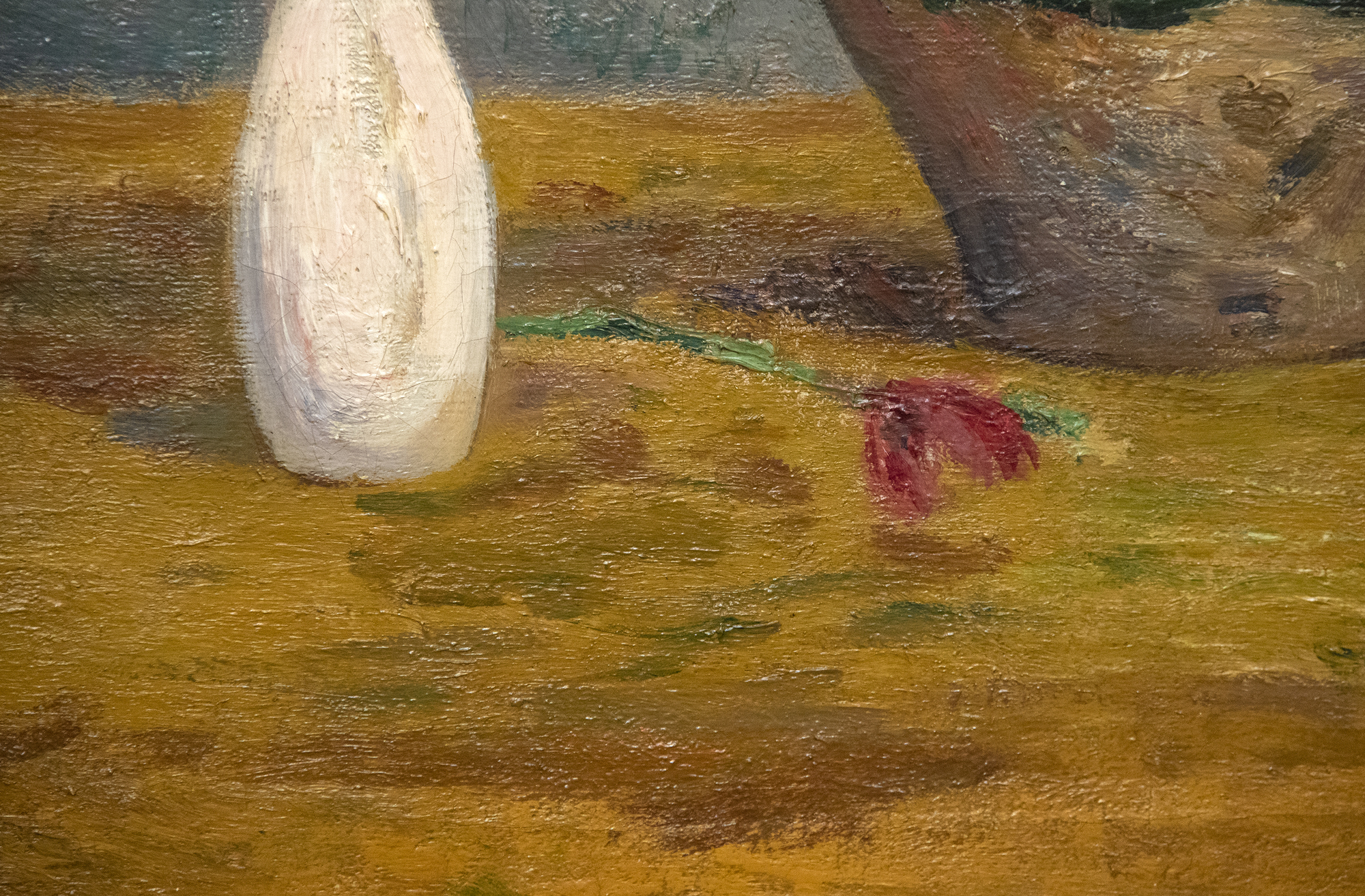
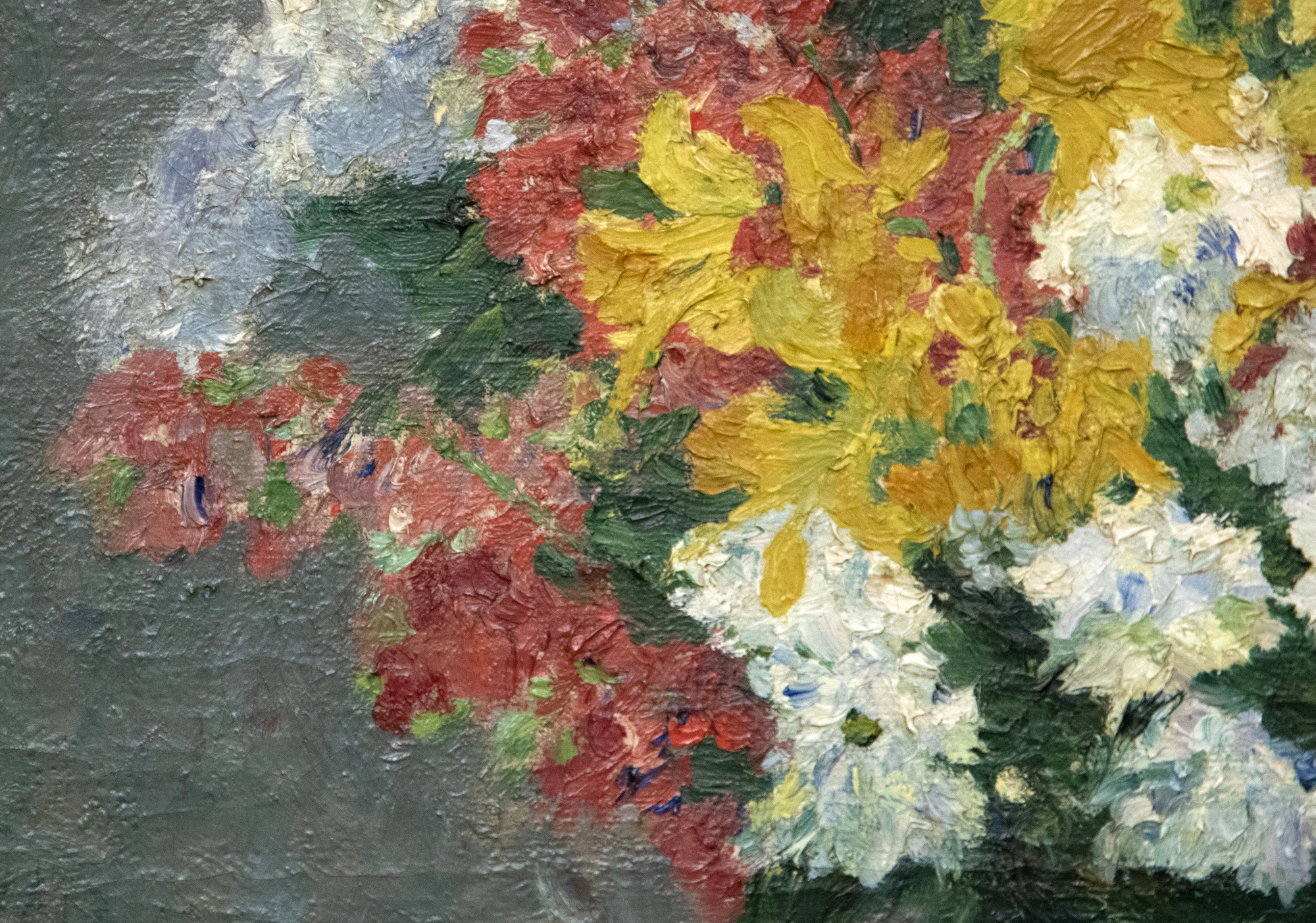
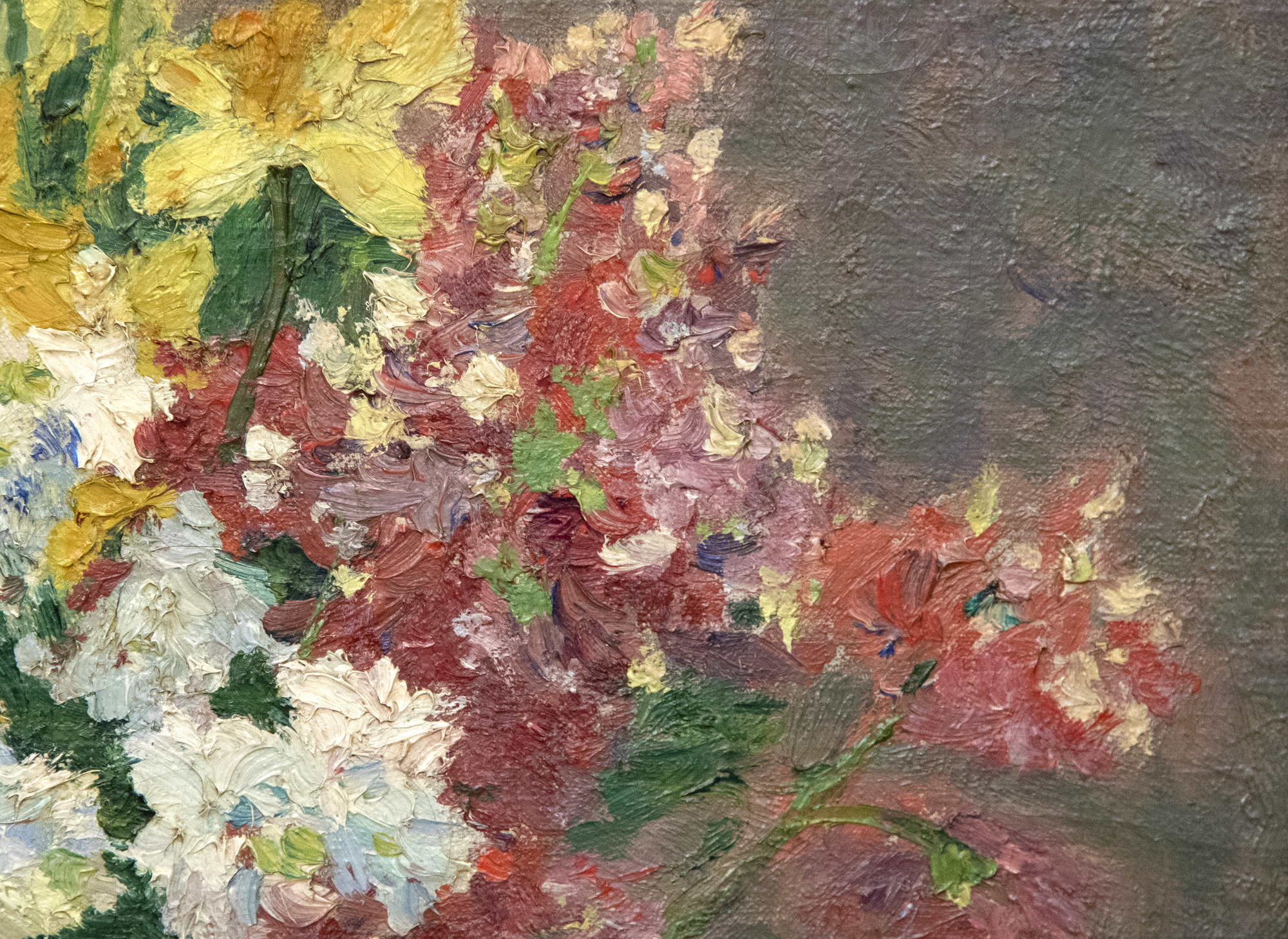
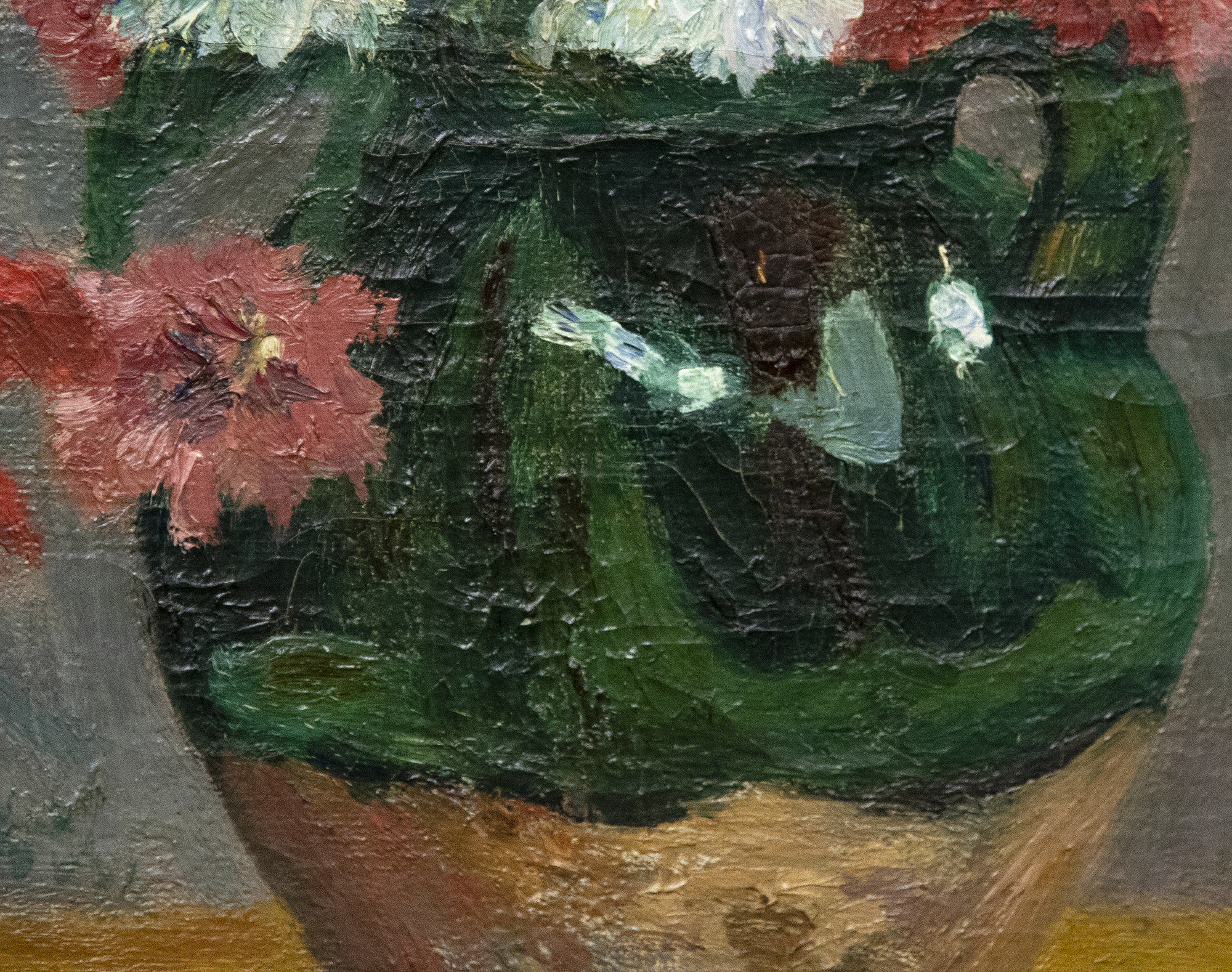
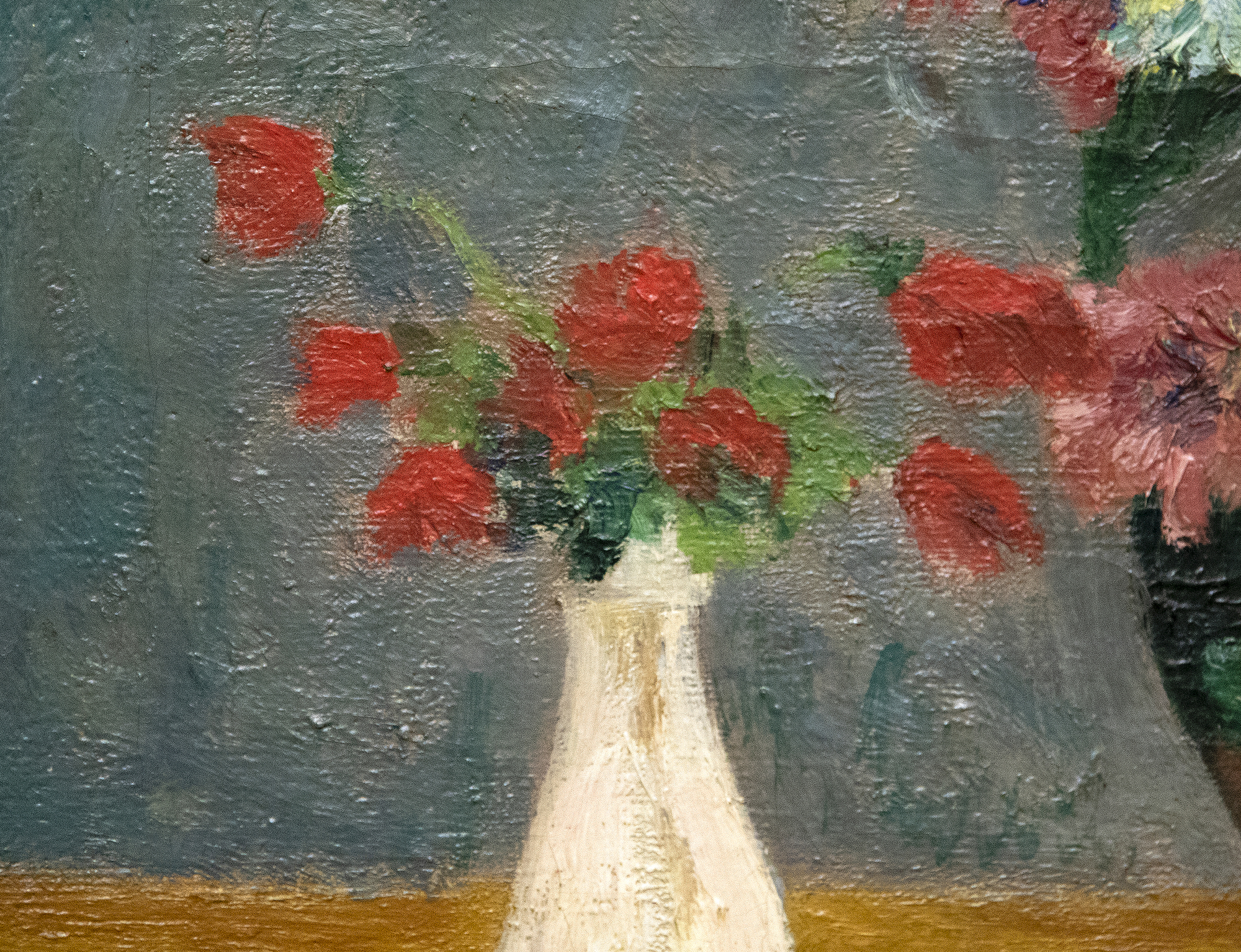
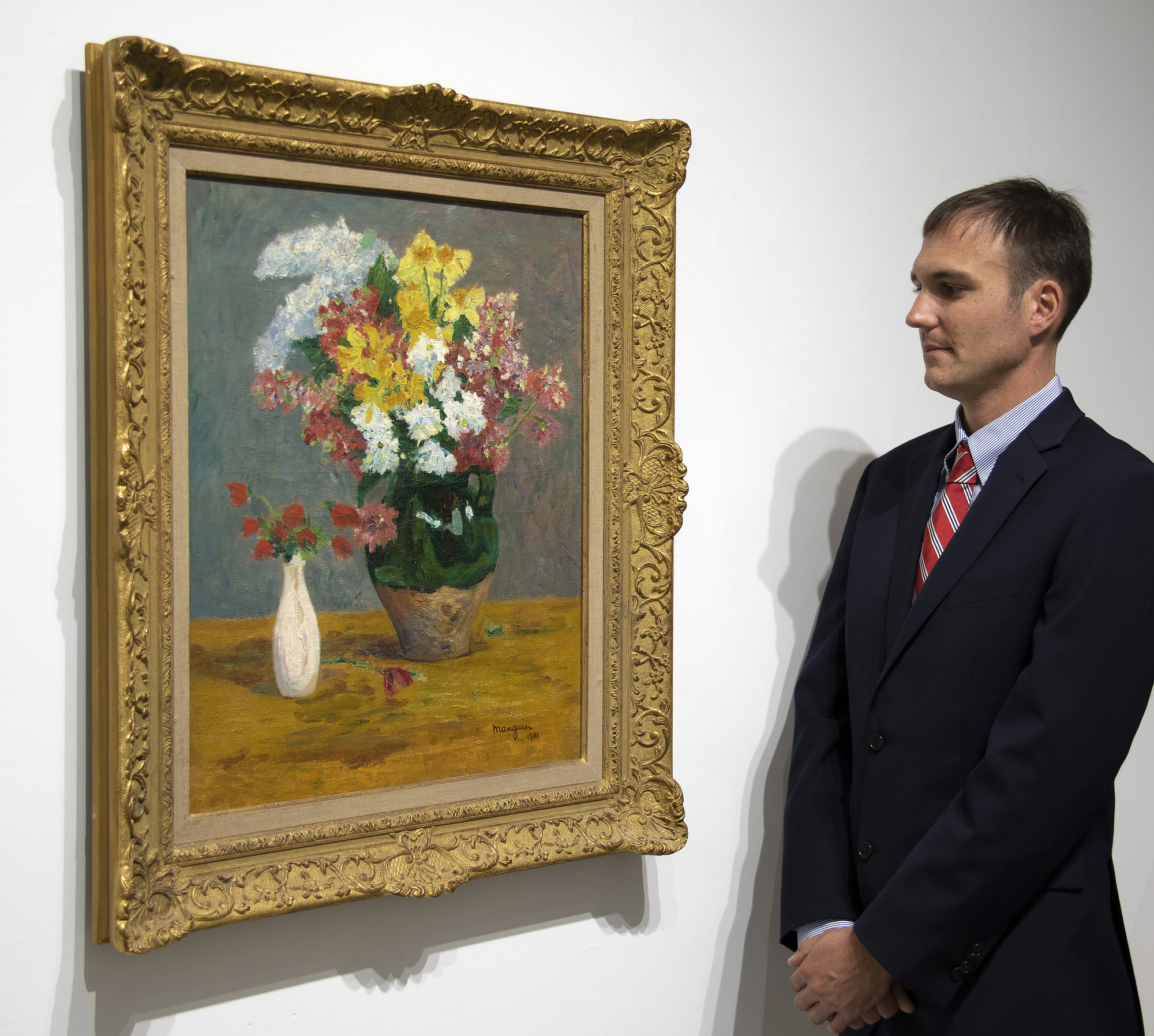
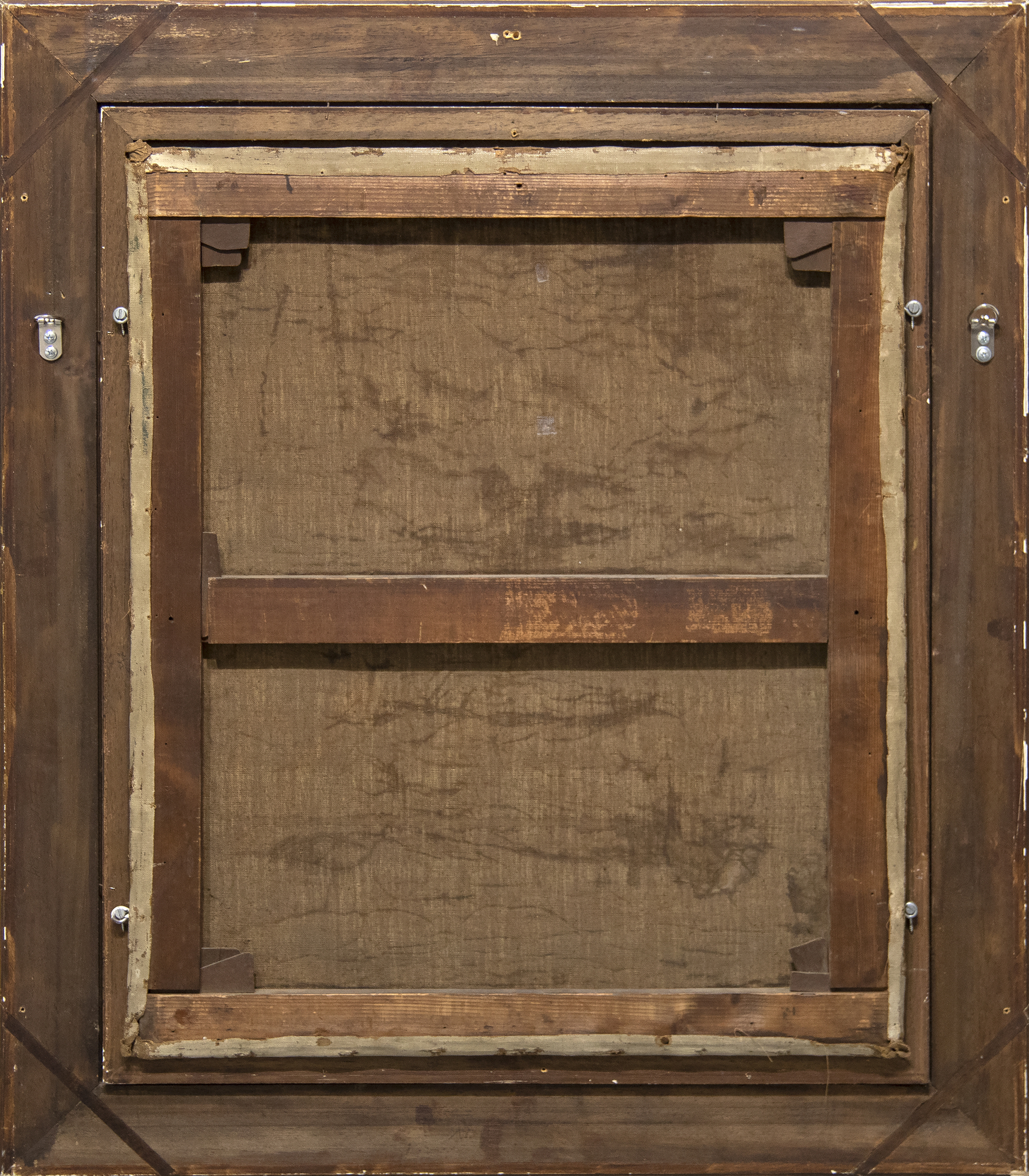
Procedencia
Ofrecido por Henri Manguin a su hermana Adrienne Lamarre, París 1901Henri Lamarre, París
Colección privada, Francia, c. 1960
DROUOT-RICHELIEU, París, Francia el 5 de diciembre de 1986, Lote nº 76
Colección privada, Francia
Exposición
Sarlat, Francia, l'Ancien Evêché (también llamado Palais Episcopal), del 6 de julio al 28 de septiembre de 1997Valencia, España, marzo-abril de 2003
Castellön, España, mayo-junio de 2003
95,000
La presente obra, pintada justo antes de que la revolución del fauvismo se afianzara, demuestra un periodo de transición crítico en el arte moderno. El tema está representado con un magistral sentido de la composición y atención a las relaciones espaciales. La competencia compositiva de Manguin le permitirá experimentar libremente con el color durante la primera década del siglo XX. El bodegón de Manguin "Flores" (1915), ligeramente posterior pero comparable, se encuentra en la colección permanente del Museo del Hermitage, en San Petersburgo, Rusia.


